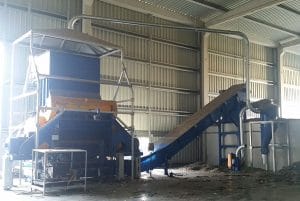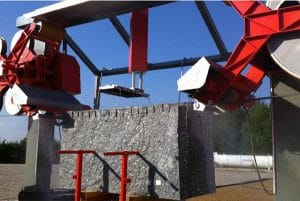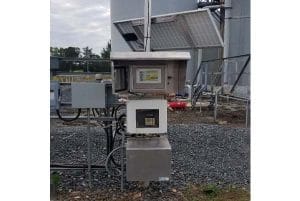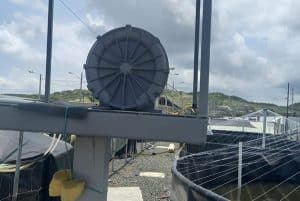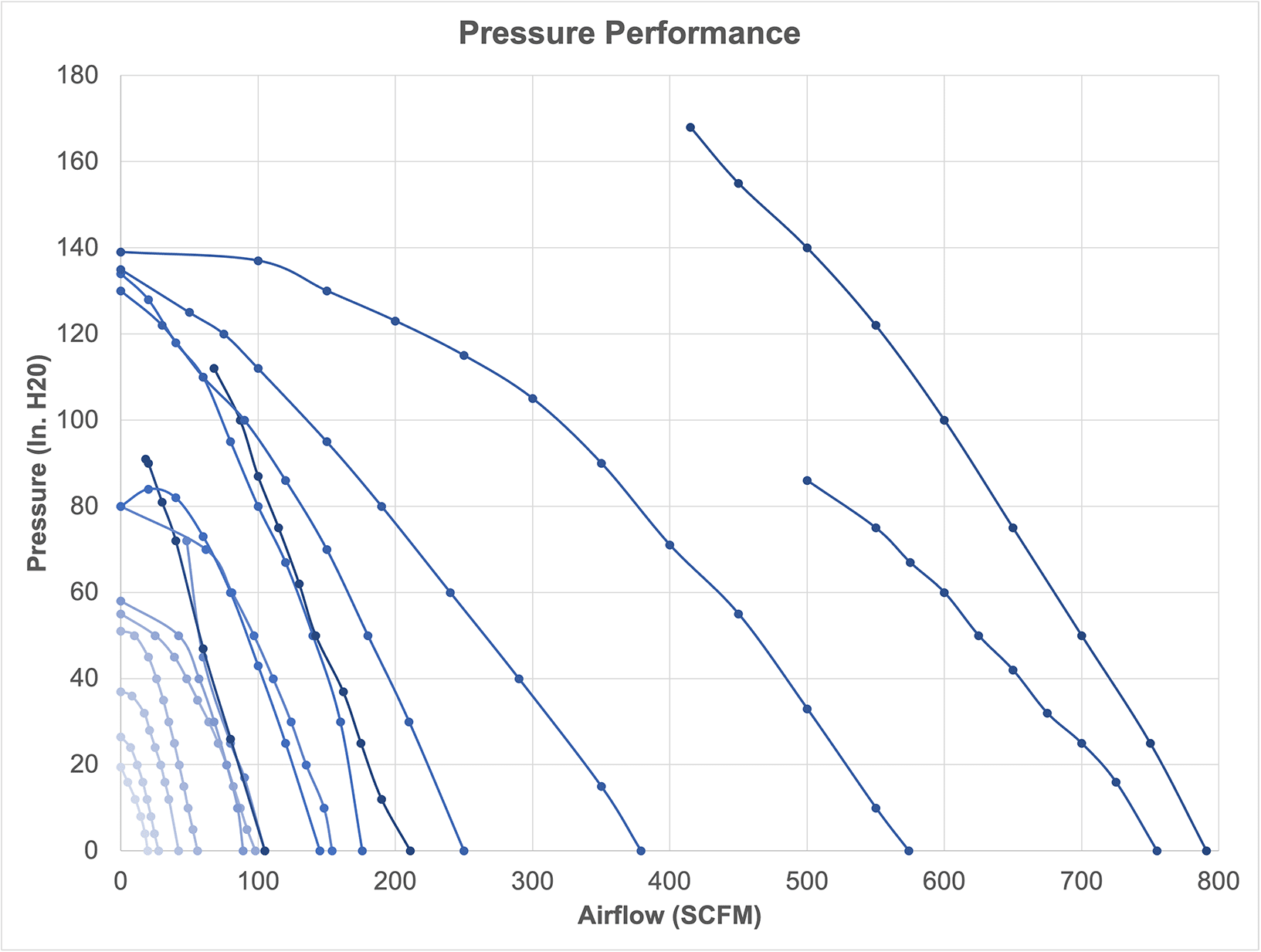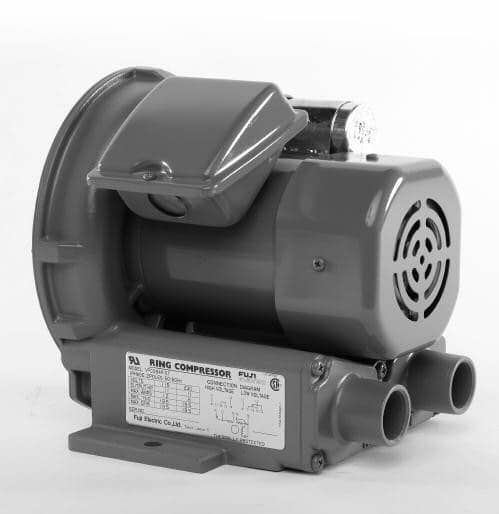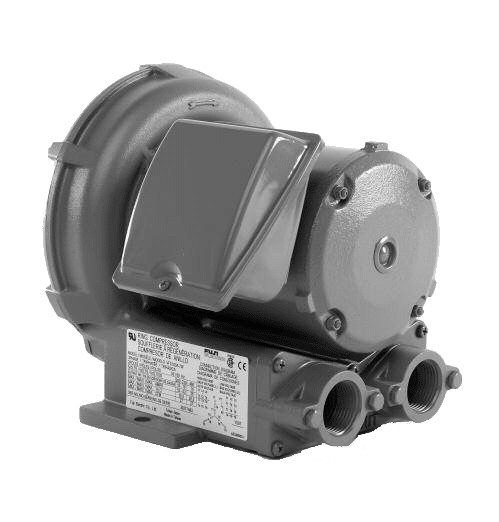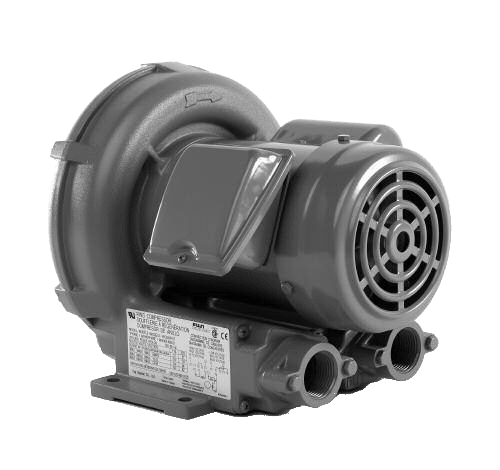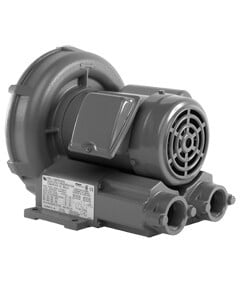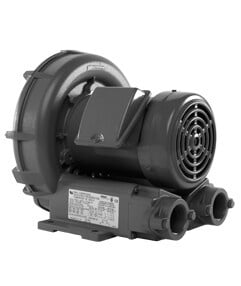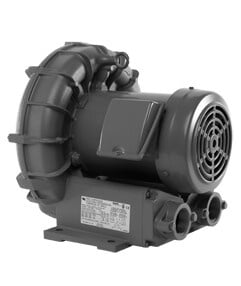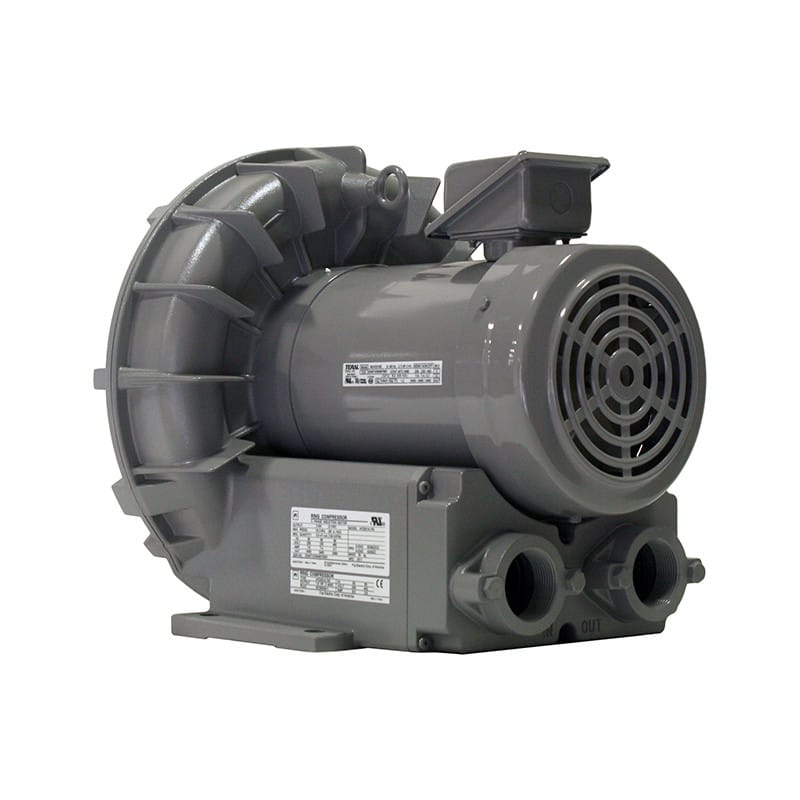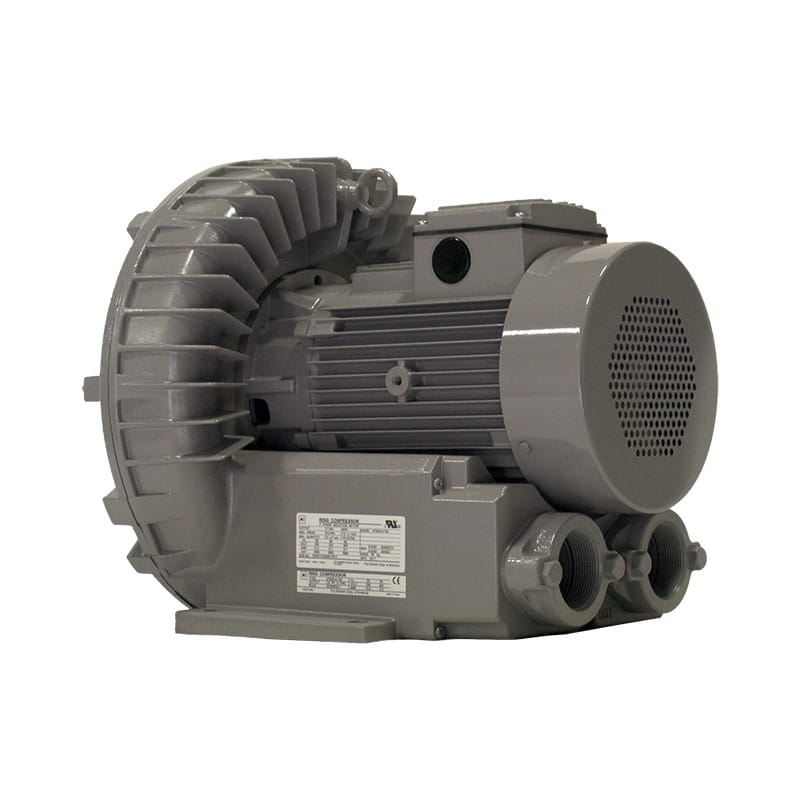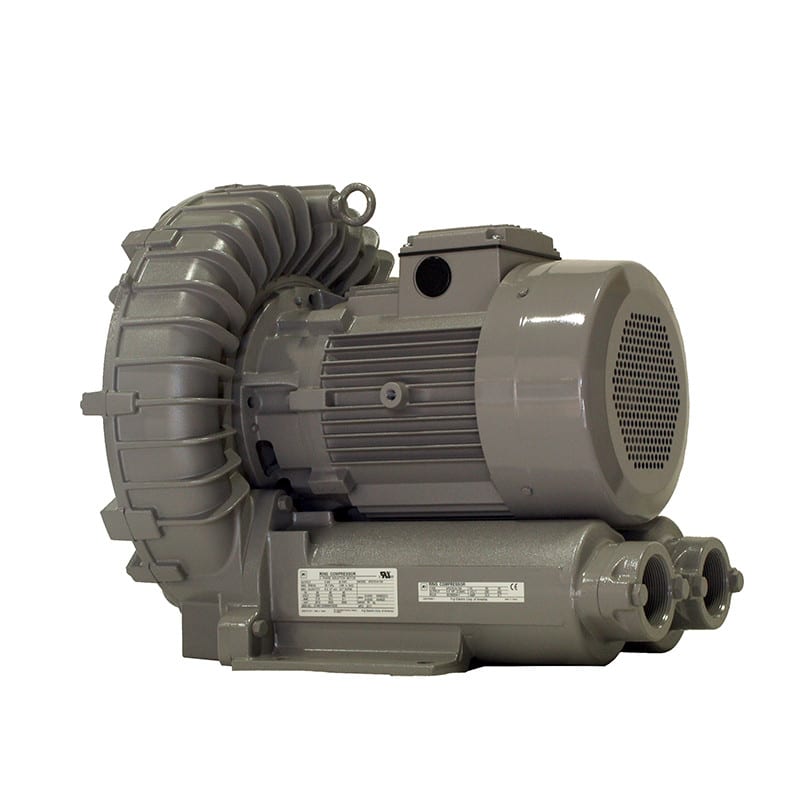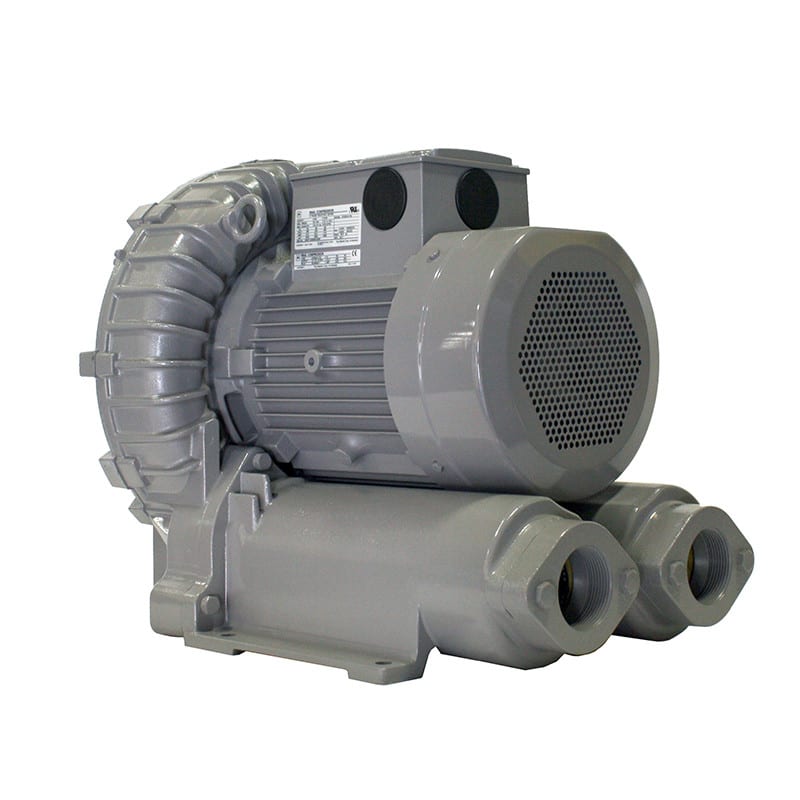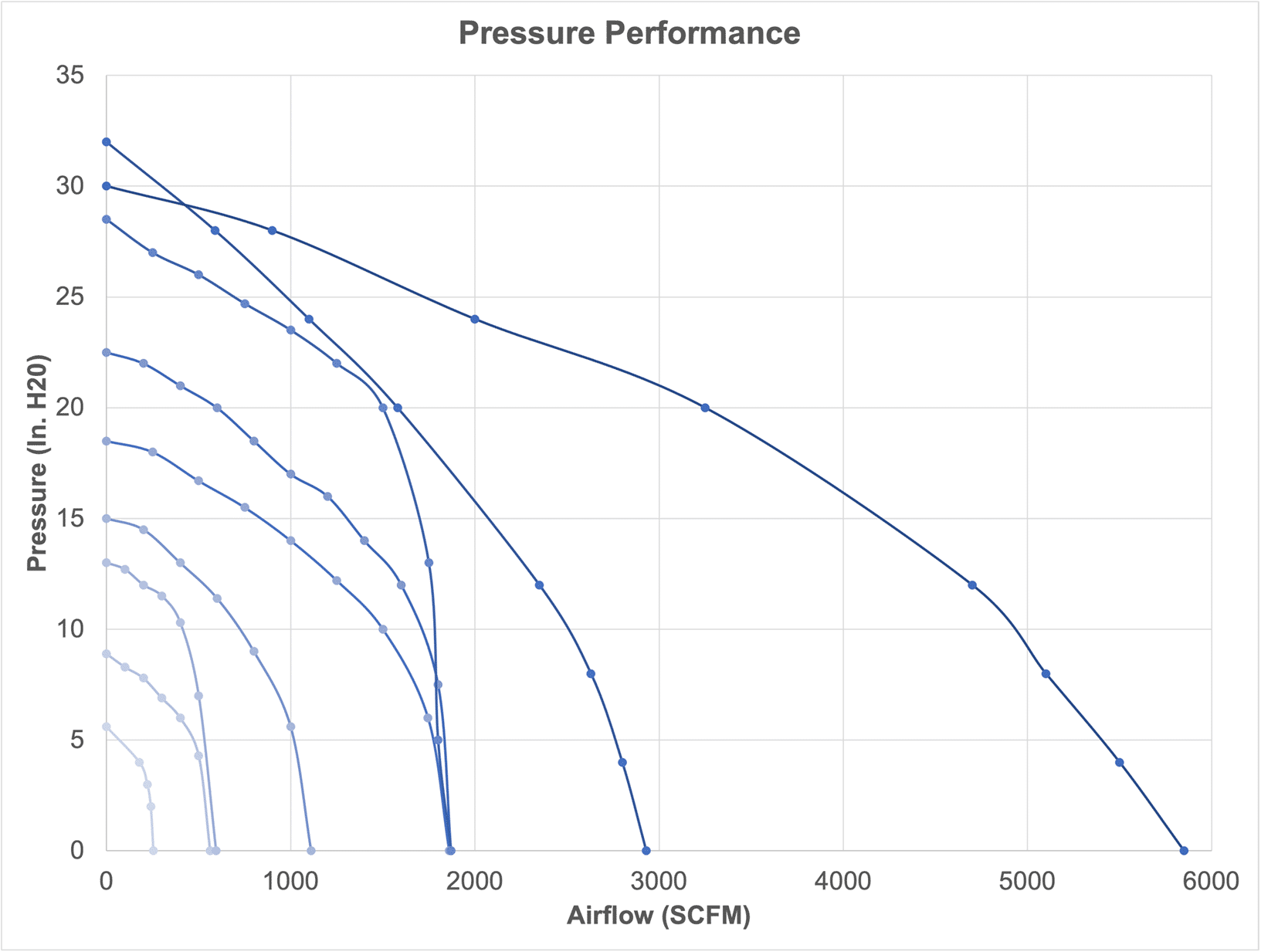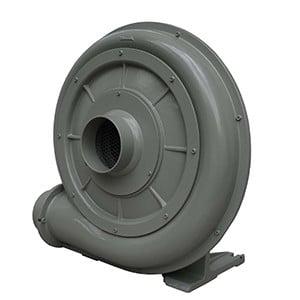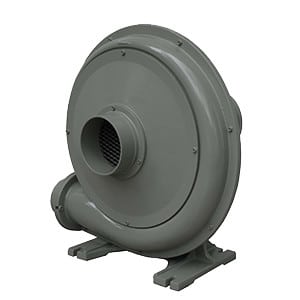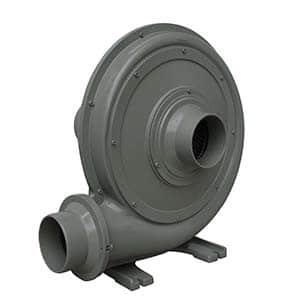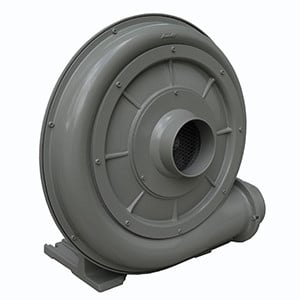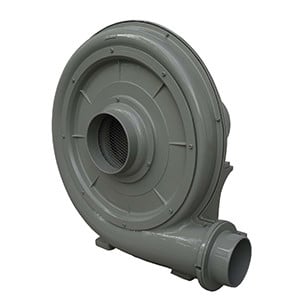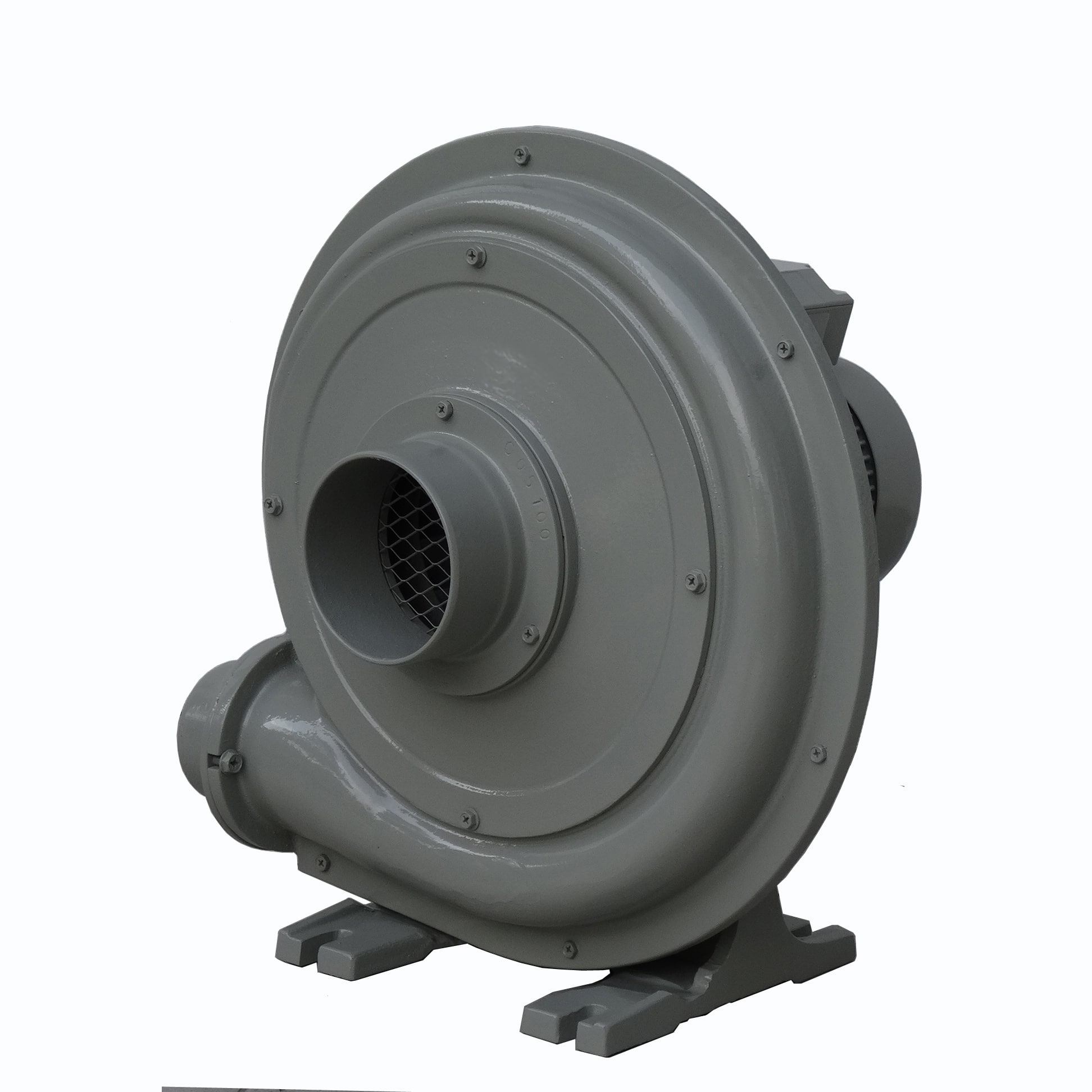Voltage Earth Leakage Circuit Breakers (Voltage-ELCBs) and Current Earth Leakage Circuit Breakers (Current-ELCBs) are both designed to protect people and equipment from electric shocks and faults due to leakage currents. However, they operate on different principles and have distinct features. Here’s a breakdown of the differences: 
- Operating Principle
- Voltage Earth Leakage Circuit Breaker (Voltage-ELCB):
- Detects leakage based on voltage between the system’s earthing point and the earth (ground).
- Trips when this voltage exceeds a set threshold, indicating a leakage or fault condition.
- Current Earth Leakage Circuit Breaker (Current-ELCB) (also known as Residual Current Device or RCD):
- Detects leakage based on current imbalance between the live (phase) and neutral wires.
- Trips when the difference (residual current) exceeds a set threshold, indicating that current is leaking to the ground.
- Sensitivity
- Voltage-ELCB:
- Less sensitive to small leakages.
- Typically requires a substantial voltage difference (e.g., 50V or more) to trip.
- Current-ELCB:
- Highly sensitive to even small leakage currents, such as 30 mA (sufficient to prevent fatal shocks).
- Can detect minor leakages that may not cause a significant voltage rise.
- Ground Connection Requirement
- Voltage-ELCB:
- Requires a dedicated earth connection.
- Relies on the voltage between the earthing point of the system and the ground.
- Current-ELCB:
- Does not rely on a dedicated earth connection.
- Works based on the current imbalance, making it suitable for systems without an earth connection.
- Applications
- Voltage-ELCB:
- Used in older installations or systems with proper earthing.
- Now largely obsolete and replaced by Current-ELCBs in most applications.
- Current-ELCB:
- Widely used in modern systems, including residential, commercial, and industrial installations.
- Suitable for protecting people and equipment from electric shocks, fire hazards, and equipment damage.
- Nuisance Tripping
- Voltage-ELCB:
- More prone to nuisance tripping due to voltage fluctuations or other transient conditions.
- Current-ELCB:
- Less likely to trip unnecessarily, as it responds specifically to current imbalances.
- Advantages
- Voltage-ELCB:
- Simple design.
- Effective in older systems where proper earthing is in place.
- Current-ELCB:
- Higher sensitivity, offering better protection.
- Suitable for modern electrical systems and provides broader fault coverage.
- Limitations
- Voltage-ELCB:
- Ineffective if the earthing system is disconnected or damaged.
- Cannot detect low-level leakages that might be hazardous.
- Current-ELCB:
- Requires proper calibration to prevent nuisance tripping.
- Slightly more expensive than Voltage-ELCBs due to advanced functionality.
Comparison Table
| Feature | Voltage-ELCB | Current-ELCB |
| Detection Method | Voltage difference to earth | Current imbalance (residual current) |
| Sensitivity | Low (large faults) | High (small leakage currents) |
| Earth Connection | Requires dedicated earth connection | No dedicated earth connection needed |
| Applications | Older installations | Modern systems (residential, industrial) |
| Nuisance Tripping | Prone to voltage fluctuations | Less prone |
| Popularity | Obsolete | Widely used |
- Voltage-ELCBs are older devices that work based on voltage detection but are less sensitive and depend on proper earthing.
- Current-ELCBs (RCDs) are more modern and effective, offering greater sensitivity, broader application, and better protection against electrical hazards.
For new installations, Current-ELCBs are the preferred choice due to their improved safety and reliability.




